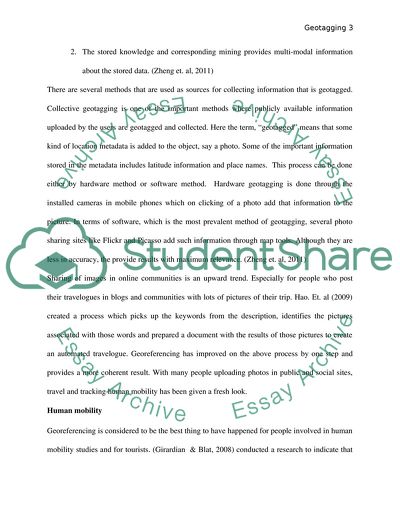Cite this document
(Studying Human Mobility through Photograph Geo-Tagging Research Paper - 1, n.d.)
Studying Human Mobility through Photograph Geo-Tagging Research Paper - 1. Retrieved from https://studentshare.org/social-science/1750652-studying-human-mobility-through-photograph-geo-tagging
Studying Human Mobility through Photograph Geo-Tagging Research Paper - 1. Retrieved from https://studentshare.org/social-science/1750652-studying-human-mobility-through-photograph-geo-tagging
(Studying Human Mobility through Photograph Geo-Tagging Research Paper - 1)
Studying Human Mobility through Photograph Geo-Tagging Research Paper - 1. https://studentshare.org/social-science/1750652-studying-human-mobility-through-photograph-geo-tagging.
Studying Human Mobility through Photograph Geo-Tagging Research Paper - 1. https://studentshare.org/social-science/1750652-studying-human-mobility-through-photograph-geo-tagging.
“Studying Human Mobility through Photograph Geo-Tagging Research Paper - 1”, n.d. https://studentshare.org/social-science/1750652-studying-human-mobility-through-photograph-geo-tagging.


